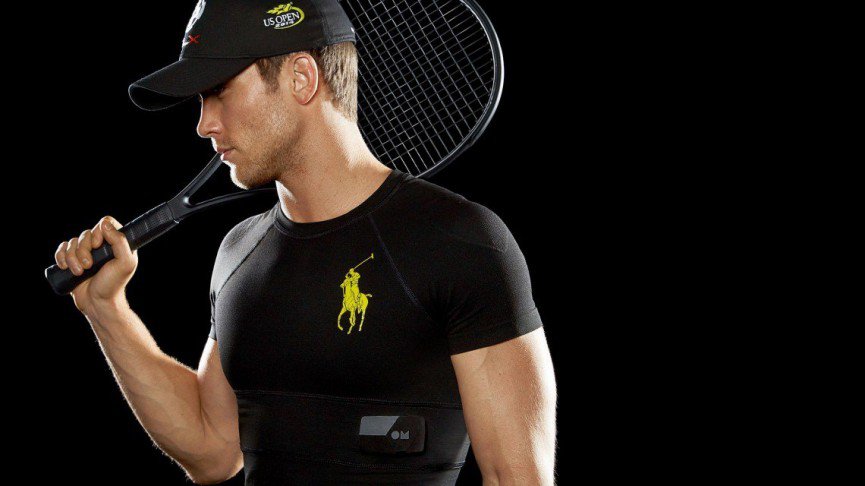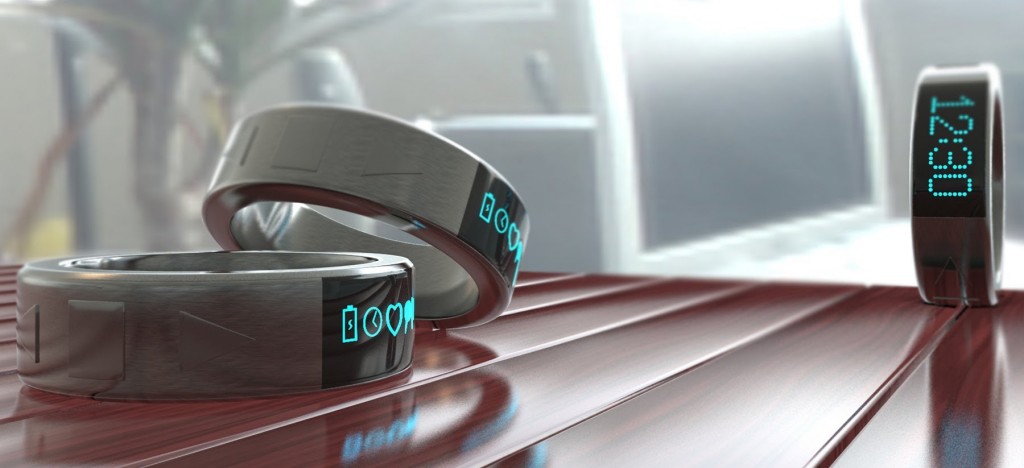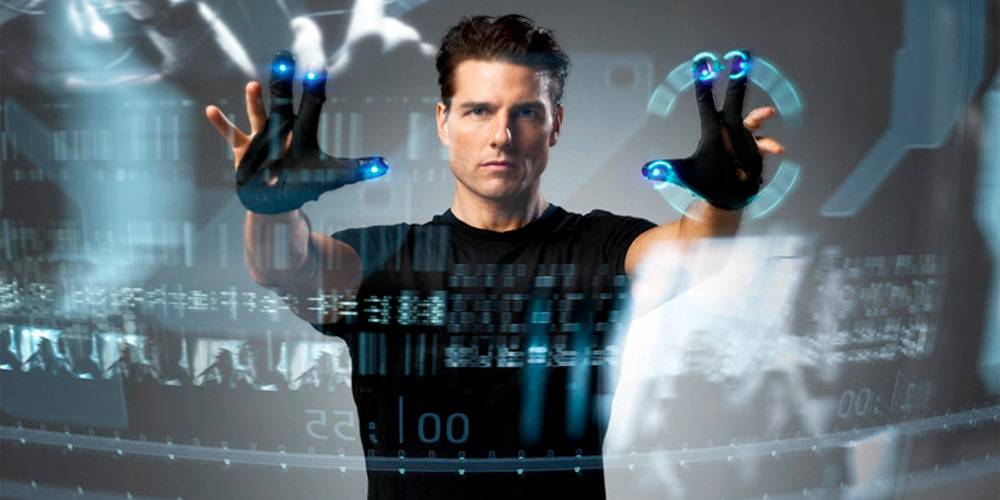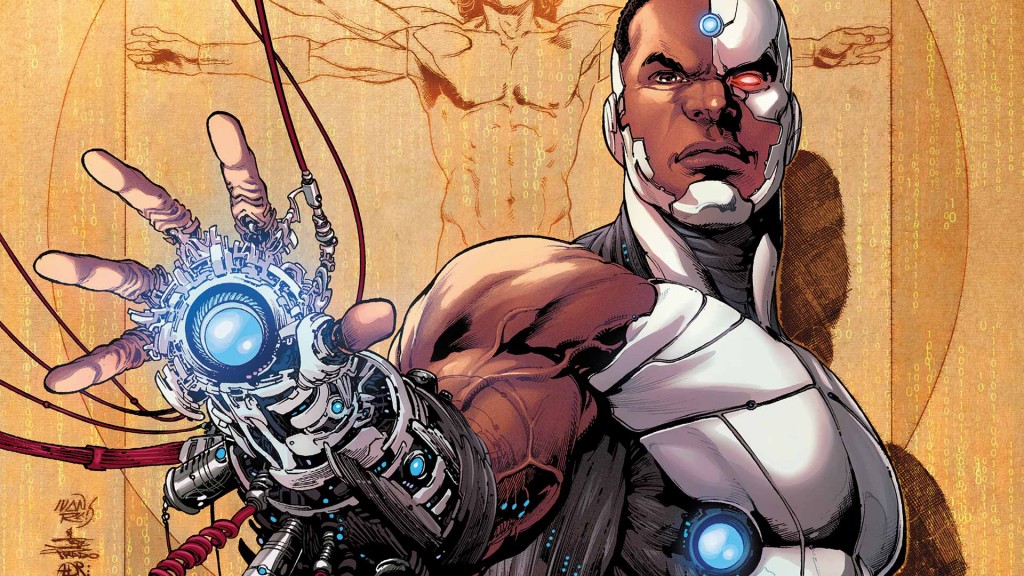Wearable Technology and The Future of Fitness
Tech August 7, 2025 Damon Mitchell
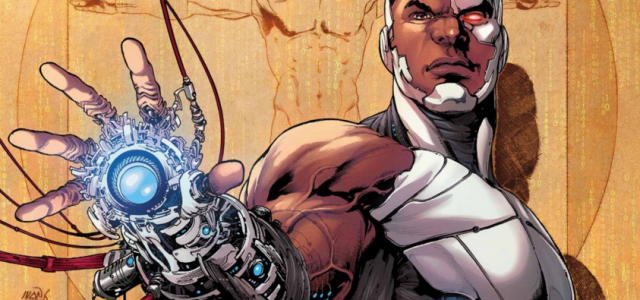
The immediate future of wearables has started to reveal itself in the form of smarter clothing, smaller accessories, and possibly gesture-based interactions. The big question that remains to be answered is how these technologies will affect our relationships with fitness?
We’re gonna jump ahead to the test answers to suggest health will always be front and center with wearables.
Smart Clothing
We’re already seeing smart clothes, like Polo Tech from Ralph Lauren or the Ombra. In fact, manufacturers have been adding LED’s to shirts for years, but now the tech is going from on top of the fabric to inside the fibers that make up the very fabric. It’s about more than just making pretty lights, smart clothes track biometrics.
What about your fancy smartwatch? As Digital Trends recently pointed out, wrist bands were never the best way for us to collect data about the human body. To really get close to what is happening with heart rate, blood pressure, maybe even our moods, we’re going to need a more robust picture.
What does this mean for fitness?
Right now smart clothes are all about fitness. Gyms are the proving ground for the technology, but as the technology gets more and more invisible, we predict it will move into everyday clothing. This won’t take fitness out of the clothing, but will bring fitness to everybody.
When the technology of smart clothing is woven into everything we buy it will cease to be smart clothes. It will just be clothing.
Think it’s not possible? Hop in your time machine, then set the destination for 1990. Walk up to the first person you see then tell him in 20 years or so everyone will carry little televisions in their pockets.
Our predictions?
At the current exponential speed of technology, if you’re not an early adopter, you’ll be wearing smart clothing in the next five years. Ten years from now you will just call it your threads or whatever the kids call clothing in the future.
Smaller Accessories
Of course, watches will never go out of fashion. It looks like the next generation Apple Watch should be out by the end of the year, promising to be smaller and more powerful than the first version (no surprise).
What may change for watches is they’ll stop being the only source of data.They are already set to be joined with smart rings, smart contact lenses, smart shirt buttons, and other smart-wear. Everything we wear is a potential target for wearable tech.
What does this mean for fitness?
The more accessories we have tracking our vitals, the better that data should be. More importantly, as this technology gets less cumbersome, it will be easier for anybody to utilize wearables.
Like the argument for smart clothing, wearable accessories will employ key learnings from fitness, then drill them down to the masses, just like military technology learns from the battlefield, then is adapted for use by citizens.
In the future, you won’t even have to be a nerdy gym rat to track your health. It will just happen.
Our predictions?
Expect accessories to integrate with smartphones, clothing, and watches. This is called multipoint data.
Your smart ring, your watch and the buttons on your shirt will communicate with your phone or some central hub to create a very robust picture of your overall health. That information will be constantly tracked to be uploaded into your doctor’s computer for detailed analysis.
Gesture Based Technology
If you’ve been tracking technology in recent history, you’ve heard of Leap Motion, the gesture-based mouse that tracks hand motions in the air. Rather than put your oily fingers on your gear, Leap Motion allows users to make gestures in the mid-air to move cursors, open windows, swipe pages and more.
In the future, this sort of technology will integrate with all the above. You may turn on your smart shirt just by flicking your fingers.
What does this mean for fitness?
In a world where we expect to see greater but more invisible integration of wearable technology, it’s highly probably that the need for screens will be cumbersome. It will be more practical to activate or navigate your wearables by gesturing.
Imagine increasing the speed of your treadmill by giving it the thumbs up. What if the load on your weight stack could be dynamically increased by blinking your eyes? What if a spotting system could swing into place with the same technology?
Our predictions?
The first edition of Leap Motion was released with some functionality issues, but these things have a way of moving quickly once a company catches their stride.
The first iPhone was nowhere near as impressive in practice as is it was in concept, but now all smartphones are pretty fascinating. It will be a good five years, maybe seven, before this tech makes it to your body.
But then what?
Of course, all of this is fun to talk about, but the future is nearly impossible to predict. There seem to be as many kick starters for new wearables as there is vaporware. As always, history is told by the winners, so it’s anyone’s guess.That said, we’re gonna go way out on the limb here with one more prediction.
At some point, probably ten years out, someone is going to be injected with the first nanobot smart blood. They won’t wear clothing, watches, rings or jewelry to track anything. In fact, they won’t even carry a phone.
This will be the official death knell of wearables; the day they stop being worn. Inside the bodies of these early adopters, nanobots will create an internal network to not only track vitals but to connect their whole body to the outside network.
In the future, we will become the computer. Phone calls will appear like magic in our ears. We’ll simply speak to reply. Music for the workout? It will play just like a phone call, except users will still be able to hear traffic. (It won’t matter because the cars will all be networked too.)
One thing is for sure. You will still have to drag yourself to the gym. No technology is going to take that away. But those little bots in your blood may help you increase your lift while you’re there.
No matter what, wearables are about to get very cool.
